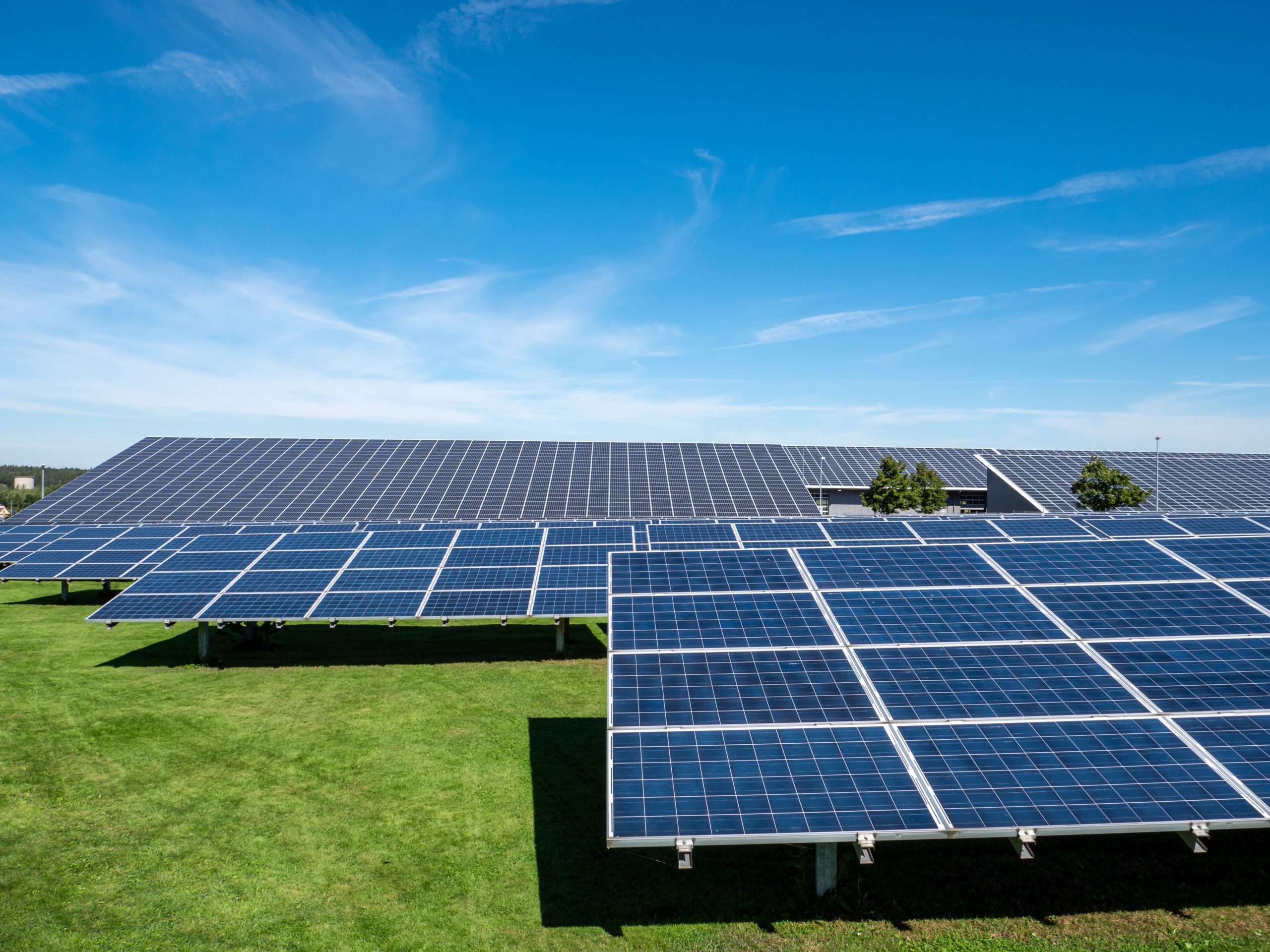
According to Clayton Christensen, disruptive innovation is when a small company combines its resources to provide better services, enters the bottom of the industry in terms of customers and sales, and moves its way up. It is often misused to depict new technologies. In reality, disruptive innovation means how smaller businesses utilize innovation to address technology and market gaps to attract their most demanding customers. It is also employed to create, deliver, and capture value. Given this, disruptive innovation plays a significant role in managing energy resources and producing cleaner and affordable energy solutions.
The energy sector needs more disruptive innovation because of rising prices and non-renewable sources. For example, disruptive innovations using AI and big data can help firms to forecast energy demand and usage, predict malfunction, and create models suggesting suitable energy sources that can meet demand. Another innovative solution in the energy sector is integrating grids including the transmission, distribution, and grounding of renewable energy.
Disruptive innovation gained prominence in recent years as companies such as Comverge, Exxon Mobil, First Solar, and Hexcel launched their energy efficient, unconventional, and affordable disruptive solutions. While the incumbents are reluctant to innovate, the new entrants have been creating solutions that meet consumer preferences for sustainability. The transition of customers to these niche clean energy product categories has been increasing the market share of these entrants.
An example of disruptive innovation can be Powerwall by Tesla. It is a rechargeable lithium-ion battery that stores solar energy for use when the grid is down. This innovation caused a major shift in the energy storage market and paved the way for greater reliance on renewable energy sources. Individuals can go off the grid using solar energy produced on their site for all their residential energy needs, including the need to charge electric vehicles.
Some of the drivers of disruptive innovation are as follows:
Decreasing costs of renewable energy technologies
With the increasing costs of fossil fuels, there has been an increase in the demand for disruptive renewable energy technologies. The cost of solar panels and wind turbines has fallen considerably over the past few years, which has led to a surge in their adoption. For example, solar power costs have dropped and it is going to drop even further according to Saur Energy. Furthermore, owing to growing fuel prices and depleting fossil resources, disruptive innovation in the energy sector has become much more enticing. It is an absolute bargain to be able to produce electricity instead of shelling out much-needed cash to the utility company. As a result, there has been a pivot toward renewable energy sources.
Industrial and Environmental Policies
The industrial and environmental policies in the energy sector have helped establish the norms to use renewable energy over the years. However, they’re still not enough to account for the disproportionate use and loss of energy while delivering to long distances. Such problems have led to the need for disruptive innovation. It is not only beneficial for the customer but also for the government because the former can enjoy uninterrupted energy while the latter can use the taxes by individuals to expand the availability and diversity of sustainable digital solutions.
Rising energy consumption
Disruptive innovation is a deflationary driver because new technologies help reduce costs and cater to the high demand for energy across industries. For every inflationary trend like labor shortage, fuel costs, or ageing technology, a disruptive shift can be the solution. Moreover, the inflationary trends can be addressed with disruptive innovation because every time there is a shortage of an energy source, a new one is created to compensate for it.
Efficiency
The impetus on energy efficiency has come from surging energy costs, environmental compliance, and cheaper technology. Businesses have begun to realize the positive financial, operational, and societal benefits of energy efficiency. The focus on efficiency has expanded possibilities of disruptive solutions that drive efficiency gains and lower emissions. For example, disruptive data-driven generating systems accelerate local power generation through solar panels on the roof of houses. These technologies serve as a second engine for windmills, solar cells, and other energy efficient energy solutions.
Low Carbon Transitions
Energy disruption is an important feature in reducing carbon footprint and increasing energy efficiency (e.g., smart grids for efficient energy distribution). In other words, low-carbon transition requires disruptive low carbon innovations like car sharing networks, electric vehicles, and net zero energy buildings. Disruptive low-carbon innovations emphasize private benefits for consumers (novel attributes and value) with social benefits or public goods (lower emissions). This public-goods characteristic highlights the need for public policy or other mechanisms for incentivizing low-carbon innovation among private firms.
Disruptive technology solutions in the energy sector
Since, the onset of technological disruption, the energy sector has seen innovative solutions that address the increasing demand for energy sources. Some of these solutions include smart grid, waste-to-energy), green hydrogen, green buildings, and electric vehicles. Some such solutions are as follows:
Distributed energy resources
Distributed energy resources refer to smaller generation units that interconnected to the electric grid and can be used to provide positive net value to the grid. Some of these resources are fuel cells, photovoltaic cells, wind turbines, microturbines, combustion turbines, and energy storage systems. The widespread use of photovoltaic (PV) solar power and storage systems in the United States is a prime example of how this technology is overturning the energy industry. These resources make renewable energy a more stable source of electricity as they allow the storage of surplus electricity, which can used when needed. The homeowners can use these PVs and behind-the-meter batteries to generate 250 to 400 watts of electricity. These tools return a sizable excess capacity to the grid. Over the next quarter century, worldwide energy consumption is projected to increase by more than 40%. Utilities may find distributed energy generation and related connection advancements useful in the long run as they work to meet the surging global energy demand.
.
Artificial Intelligence
Artificial intelligence (AI) has transformed the operational efficiency of computing departments with high-energy needs. AI reduces manual labor and cuts short the duration of activities, thus promoting electricity savings. It forecasts renewable energy resources and their demand and allows IoT applications to read grid capacity levels, which helps utilities to handle peak power flows. AI also enables renewable energy systems to undergo predictive maintenance. Owing to its advancement, sophisticated automated analysis tools can scan for problems and produce digital maps that can be used to troubleshoot and fix them.
AI also drives the intelligent agents of smart grids. The network of sensors, meters, and actuators and the predictive capabilities of AI notify operators of outages. They also contribute toward mitigating frequency and voltage fluctuations and better managing energy usage and supply. Overall, AI plays a crucial role in integrating renewable energy, stabilizing energy networks, and reducing financial risks associated with grid instability.
Internet of Things (IoT), Robotics, and Connected Technologies
The Internet of Things (IoT) is the next-level industrial revolution in the energy sector. It helps utilities to manage asset performance and optimize operations and motivates consumers to switch to cost-effective energy solutions. Smart meters and thermostats are a few customer-oriented IoT applications already in use. IoT can play a crucial role in reducing energy losses and lowering carbon dioxide emissions. An energy management system integrated with IoT can monitor real-time energy consumption and increase awareness levels about energy performance. By applying IoT sensors, internet-connected devices distinguish any operational failure or abnormal dip in energy efficiency, and thereby signal the need for maintenance. This increases a system’s reliability and efficiency while maintenance costs. Robots are also making a huge impact on the energy sector. Robots are being deployed for energy installations and grid maintenance and for monitoring energy generation and consumption. Drones equipped with inspection robots are already being used for autonomous O&M. Specifically, robots are used for tasks such as repairing pipelines, wind turbines, and other energy infrastructure. By automating these tasks, energy companies can increase efficiency and reduce costs.
How can businesses take action?
The production, distribution, and use of energy can be significantly altered by disruptive innovation. This technology has given energy companies the opportunity to expand the market and use of low-cost, low-carbon replacements for fossil fuels. Overall, it has been catalyzing the worldwide shift to renewable green energy. Companies are adapting their growth tactics, such as collaborations, acquisitions, and partnerships, in response to emerging countries’ rising industrialization and energy needs. In order to survive amid a multitude of new market entrants and new business models from existing competitors, energy incumbents should broaden their innovation program. Incumbents should look at new business models that aggregate customer-sited generation (i.e., rooftop solar panels) and storage (i.e., electric vehicle batteries or residential systems) to provide a varied services to utilities, grid operators, and electricity customers. The focus on AI, blockchain, and predictive analytics can allow energy aggregation to offer greater flexibility to utilities and better value to residential and business customers.
Conclusion
Disruptive technologies have already transformed power generation, supply, and fuel consumption and have helped minimize downtime, allowed efficient load distribution, and helped exploration projects to find more alternatives. The adoption of new technologies has enabled companies to enhance their production processes. By leveraging the power of disruptive innovation, enterprises can gain an edge in the competitive market, help the energy sector progress, and pave the way for the future with holistic solutions. For many retail energy companies, this could involve focusing on adjacent and transformational innovations and on multiple types of innovation simultaneously. By innovating across the enterprise with the help of new technologies, companies can lessen the probabilities of being exposed to existential threats while improving the odds of growing through disruption.


